- Liliaceae
- Lamiaceae
- Euphorbiaceae
- Leguminosae
- Zingiberaceae
- Chloranthaceae
- Campanulaceae
- Asteraceae
- Acanthaceae
- Orchidaceae
- Polygonaceae
- Ranunculaceae
- Vitaceae
- Rubiaceae
- Solanaceae
- Thymelaeaceae
- Saururaceae
- Moraceae
- Polypodiaceae
- Myrtaceae
- Araceae
- Adiantaceae
- Schisandraceae
- Amaranthaceae
- Berberidaceae
- Araliaceae
- Taxaceae
- Cucurbitaceae
- Apiaceae
- Guttiferae
- Scrophulariaceae
- Papilionaceae
- Caprifoliaceae
- Elaeagnaceae
- Apocynaceae
- Brassicaceae
- Papaveraceae
- Gentianaceae
- Paeoniaceae
- Lauraceae
- Punicaceae
- Nyssaceae
- Ephedraceae
- Gnetaceae
- Polygalaceae
- Violaceae
- Ginkgoaceae
- Cupressaceae
- Dipsacaceae
- Eucommiaceae
- Juglandaceae
- Dryopteridaceae
- Rosaceae
- Huperziaceae
- Caryophyllaceae
- Rhamnaceae
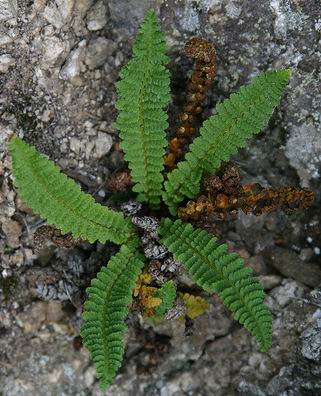
Dryopteris fragrans (L.) Schott
- Introduction
- Download
Blast
Dryopteris fragrans (L.) Schott, a deciduous perennial herb from the genus Dryopteris (Dryopteridaceae), is mainly distributed in Northeast China, Russia, Japan, Korea and North America. The herb is used for treatment of skin diseases such as psoriasis, rashes, dermatitis, other skin diseases, barbiers and arthritis. Previous research had discovered phloroglucins, terpenes, flavonoids, saponins, essential oils and sterols in this plant, and activity screenings of the related constituents have become popular.
Year: 2016
Institution: College of Life Sciences, Northeast Agricultural University, Harbin 150030, China
Material: Spores. Wudalianchi, China
Download: http://www.herbal-genome.cn/index.php?m=content&c=index&a=show&catid=100&id=139

Anemone flaccida Fr. Shmidt
- Introduction
- Download
Blast
Anemone flaccida Fr. Shmidt (Ranunculaceae), commonly known as “Di Wu” in China (Figures 1A–D), is a perennial herb that is distributed around the world. In southern and central China, more than 50 species of Anemone has been investigated. Traditionally, the rhizome of A. flaccida is considered as a valuable Chinese traditional medicine for treatment of punch injury and rheumatoid arthritis. Previous studies have shown that triterpenoid saponins are the main active ingredients in Anemone.
Year: 2016
Institution: Department of Medicinal Plant, College of Plant Science and Technology, Huazhong Agricultural University, Wuhan, China
Material: Hubei, China
Download: http://www.herbal-genome.cn/index.php?m=content&c=index&a=show&catid=100&id=138
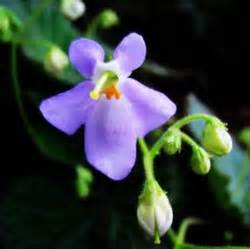
Boea clarkeana
- Introduction
- Download
Blast
Resurrection plants constitute a unique cadre within angiosperms. Boea clarkeana Hemsl. (Boea, Gesneriaceae) is a desiccation-tolerant dicotyledonous herb that is endemic to China.
Year: 2016
Institution: College of Life Sciences, Anhui Normal University, Wuhu, Anhui, China
Material: Anhui,China
Download: http://www.herbal-genome.cn/index.php?m=content&c=index&a=show&catid=100&id=137
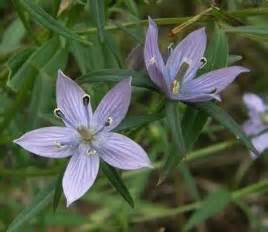
Swertia mussotii Franch.
- Introduction
- Download
Blast
The herbal medicine of Gentianaceae known under the common name “zangyinchen” are well-known and used in Tibetan traditional medicine for diabetes, hepatitis, and hepatobaliary diseases. Swertia mussotii Franch is one of the most widely used species in Tibet region. Ethanol extracts of S. mussotii were partitioned successively into petroleum ether fraction, ethyl acetate fraction (EAF) and butanol fractions (BF).
Year: 2017
Institution: College of Life and Environmental Sciences, Minzu University of China, Beijing 100081, China.
Material: Qihai, China
Download: http://www.herbal-genome.cn/index.php?m=content&c=index&a=show&catid=100&id=136

Fagopyrum dibotrys
- Introduction
- Download
Blast
Fagopyrum dibotrys (D. Don) Hara (perennial buckwheat), which belongs to the genus Fagopyrum (Mill) of the Polygonaceae family, is an erect perennial herb of significant medicinal and economic values. The rhizome of F. dibotrys is commonly used in traditional Chinese medicine for the treatment of lung abscesses, dysentery, rheumatism, throat inflammation, and tumefaction. In addition the grains of F. dibotrys have higher nutritional value and healthy benefits, and its stem and leaf are also good forage feed resources. Currently, more attention has been given to this species because of its medicina value. Modern pharmacological research indicates that the active extract (mainly products of the flavonoid secondary metabolism of the F. dibotrys rhizome is highly effective in anticancer antidiabetics, regulating blood lipid, antioxidant, analgesic, and antipyretic.
Year: 2017
Institution: The Cultivation Center, Institute of Medicinal Plant Development, Peking Union Medical College, Chinese Academy of Medical Sciences, Beijing, China
Material: Jiangsu, China
Download: http://herbalplant.ynau.edu.cn/index.php?m=content&c=index&a=show&catid=100&id=135

Dendrobium nobile Lindl.
- Introduction
- Download
Blast
The stem of Dendrobium nobile Lindl. (Orchidaceae) has been used in Traditional Chinese Medicine (TCM) and as an herbal medicine in many Asian countries for hundreds of years with pecial pharmacological effects on gastritis, diabetes, cancer and ageing.
Year: 2017
Institution: Institute of Medicinal Plant Development, Chinese Academy of Medical Sciences & Peking Union Medical College, Beijing, 100193, China.
Material: -
Download: http://www.herbal-genome.cn/index.php?m=content&c=index&a=show&catid=100&id=134

Tanacetum cinerariifolium
- Introduction
- Download
Blast
The T. cinerariifolium (previous species name: Chrysanthemum cinerariaefolium) aka pyrethrum, a perennial herb belonging to the family Asteraceae is a remarkable plant. The plant is well known for its economic importance as a source of an important group of secondary metabolites known as pyrethrins, which is a potent insecticide. Pyrethrins are esters of either pyrethric acid or chrysanthemic acid with alcohol moiety termed as rethrolone. Pyrethrins are a set of six structurally similar compounds including pyrethrin I, cinerin I, jasmolin I (pyrethrin Type I) and pyrethrin II, cinerin II, jasmolin II (pyrethrin Type II). Although pyrethrins occur throughout the aerial parts of the plant, the maximum accumulation of pyrethrin is concentrated in the flower heads, which is many folds higher than in leaves
Year: 2017
Institution: Plant Biotechnology Division, Central Institute of Medicinal and Aromatic Plants (CSIR-CIMAP), Kukrail Picnic Spot Road, P.O. CIMAP, Lucknow 226015, India
Material:
http://www.herbal-genome.cn/index.php?m=content&c=index&a=show&catid=100&id=133
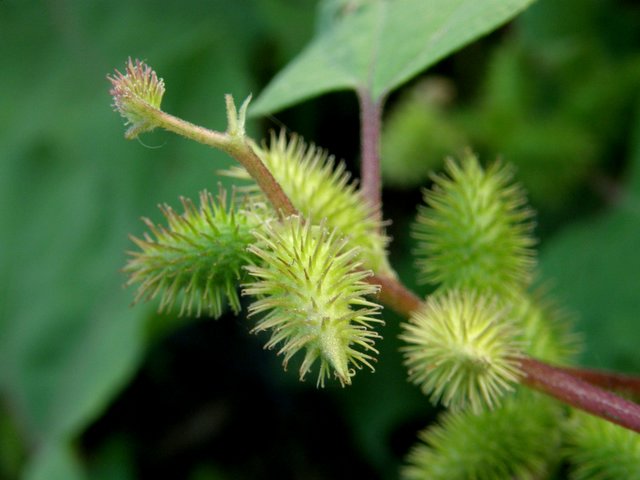
Xanthium strumarium
- Introduction
- Download
Blast
Xanthium strumarium (rough cocklebur, clotbur, common cocklebur, large cocklebur, woolgarie bur) is a species of annual plants belonging to the Asteraceae family.
Year: 2016
Institution: Department of Medicinal Plant, College of Plant Science and Technology, Huazhong Agricultural University, Wuhan, 430070, P.R. China
Material: Beijing,China
Download: http://www.herbal-genome.cn/index.php?m=content&c=index&a=show&catid=100&id=132
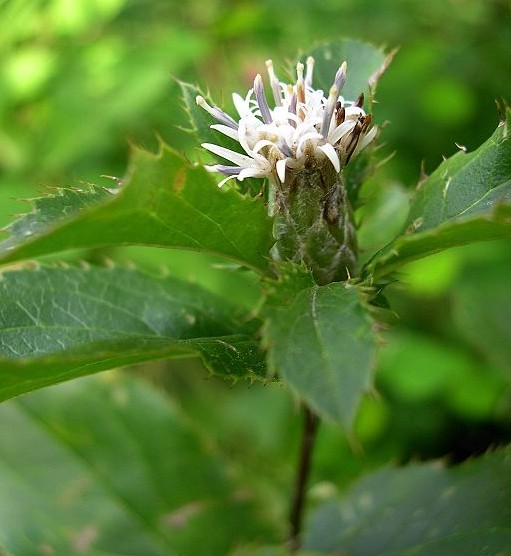
Atractylodes lancea
- Introduction
- Download
Blast
Atractylodes lancea (Thunb.) DC. (Compositae), also called Cangzhu in Chinese, is a well-known and widely prescribed traditional Chinese herb. The rhizome of A. lancea has been used for the treatment of digestive disorders, rheumatic diseases, night blindness, and other conditions which is explained by eliminating dampness, invigorating spleen, and expelling wind according to the theory of traditional Chinese medicine. Modern pharmacological studies show that A. lancea has broad pharmacological effects on the nervous, gastrointestinal, and cardiovascular systems. Anticancer, antimicrobial, and anti-inflammatory activities have also been demonstrated for the crude extracts of the A. lancea rhizome and its major constituents, such as atractylodin, β-eudesmol, hinesol, and atractylone. A. lancea is widely distributed in East Asia, especially in China.
1
Year: 2016
Institution: College of Pharmacy, Hubei University of Chinese Medicine, Wuhan, China
Material: Jiangsu, China
2
Year: 2016
Institution: Department of Medicinal Plant, College of Plant Science and Technology, Huazhong Agricultural University, Wuhan, 430070, P.R. China
Material: Hubei, China
Download: http://www.herbal-genome.cn/index.php?m=content&c=index&a=show&catid=100&id=131
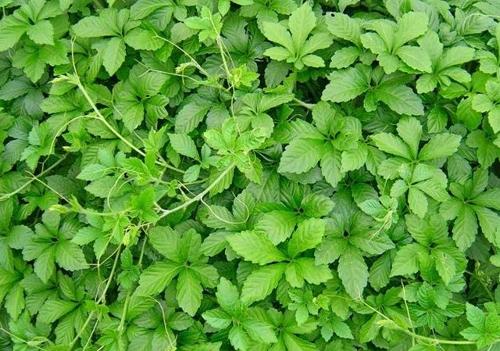
Gynostemma pentaphyllum (Thunb.) Makino
- Introduction
- Download
Blast
Gynostemma pentaphyllum (Thunb.) Makino is a kind of creeping herbaceous perennial that is distributed in Asia. Gynostemma pentaphyllum (G. pentaphyllum) grows in many places of China, including Guangxi, Guangdong, Fujian, Guizhou, Yunnan, Hubei, Anhui, Hebei, Jiangsu, Henan, Shandong, Sichuan, and Shanxi and in Taiwan. G. pentaphyllum also grows in neighboring countries such as Bangladesh, India, Indonesia, Japan, Republic of Korea, and Malaysia (data was obtained from the Checklist of South China Botanical Garden). Gypenosides (triterpenoid saponins), the major effective components of G. pentaphyllum, have various bioactivities that explain the extensive application of G. pentaphyllum in natural medicines.
Year: 2016
Institution: Key Laboratory of Biological Molecular Medicine Research of Guangxi Higher Education, Department of Biochemistry and Molecular Biology, Guangxi Medical University, Nanning, Guangxi, China
Material: Guangxi, China
Download:
http://www.herbal-genome.cn/index.php?m=content&c=index&a=show&catid=100&id=130